The East Wind Community is hidden deep in the Ozarks of southern Missouri and calls itself an “income-sharing, egalitarian community”. They have 1,145 acres of largely undeveloped highland forest. There are 27 buildings and structures, including four large dormitories, nine personal shelters, a kitchen and dining facility, an automobile shop, a nut butter manufacturing plant and a cold-storage warehouse, all built over the years by the community since its founding in 1974.
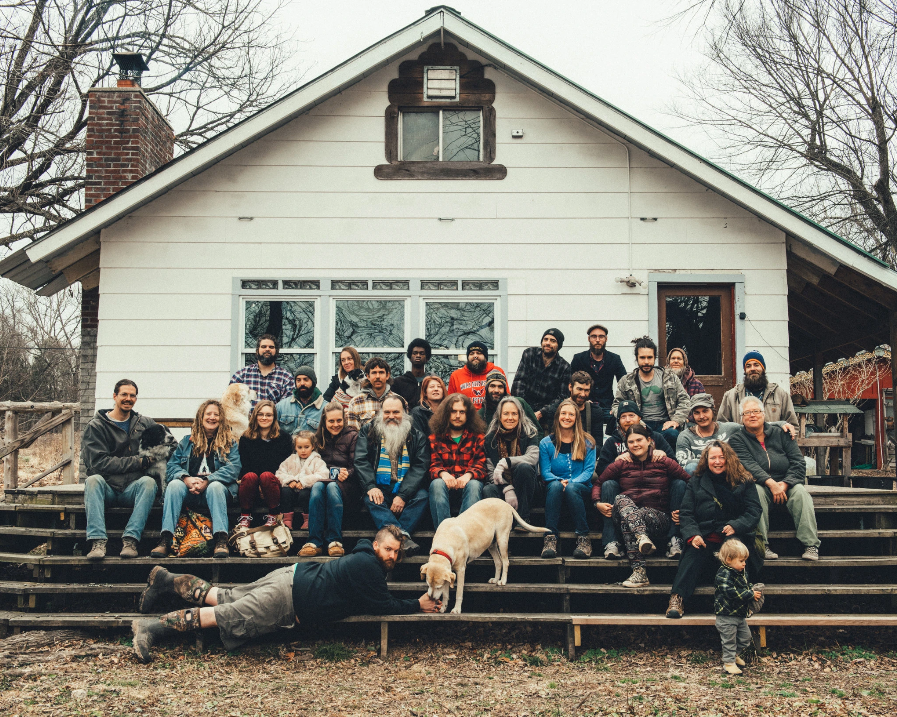
The 72 residents share everything from meals, chores and living space to work, income, domestic responsibilities and the burden of self-governance. The members of East Wind range in age from infancy to 76: Some have lived here for more than three decades, but around half of the population is part of a new wave, people in their late 20s and early 30s who joined in the last four years. These newer residents moved to East Wind to wean themselves off fossil fuels, grow their own food, have a greater say in how their society is run and live in less precarious financial circumstances.
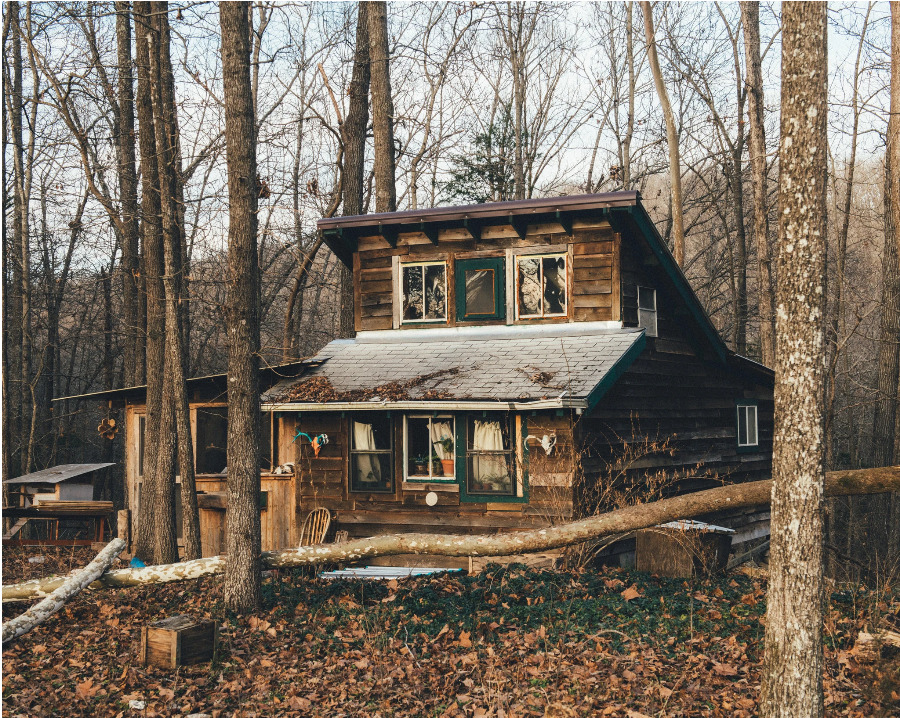
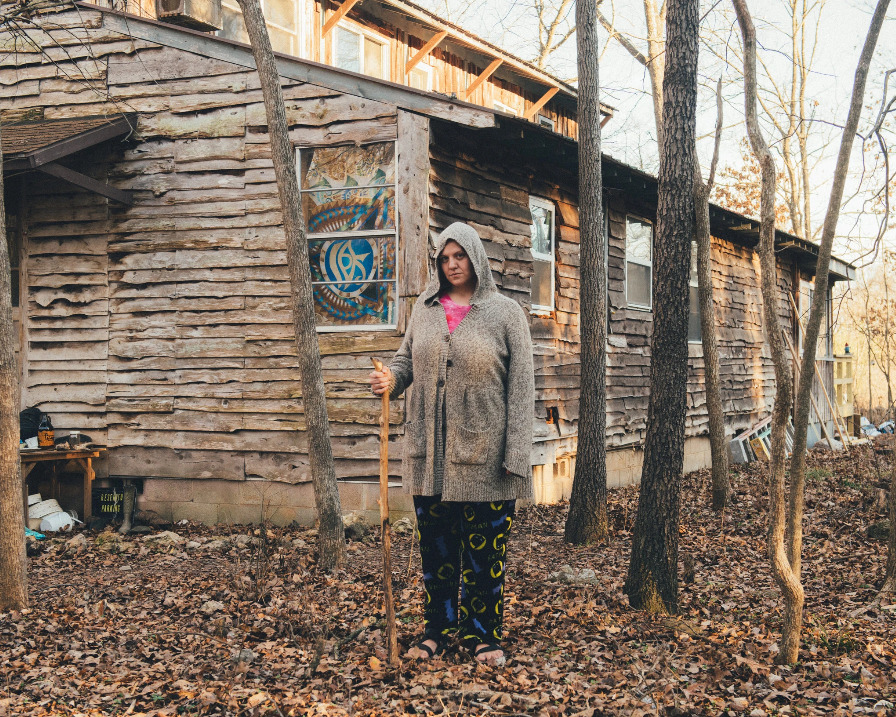
There are no smartphones in sight. The collective feels like a farm, a work exchange and a bustling household rolled into one, with much work to be done and many hands to do it.
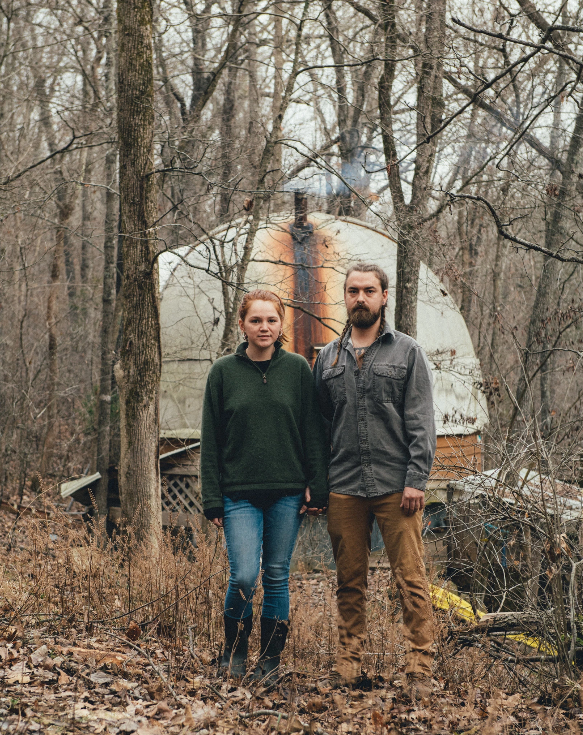
East Wind’s residents commitment to industry has helped ensure thier longevity. Their products, which are mainly sold across the Midwest, typically gross between $2 million and $3 million annually. All adult members of East Wind must work 35 hours per week in various capacities, whether cooking, gardening, milling lumber, maintaining infrastructure, looking after the animals or working in the manufacturing plant. Because it’s a relatively modest schedule, residents have enough free time to cultivate personal passions: Nichols practices wildlife photography, while other members produce and record music, study herbal medicine and create ceramics using the community kiln.
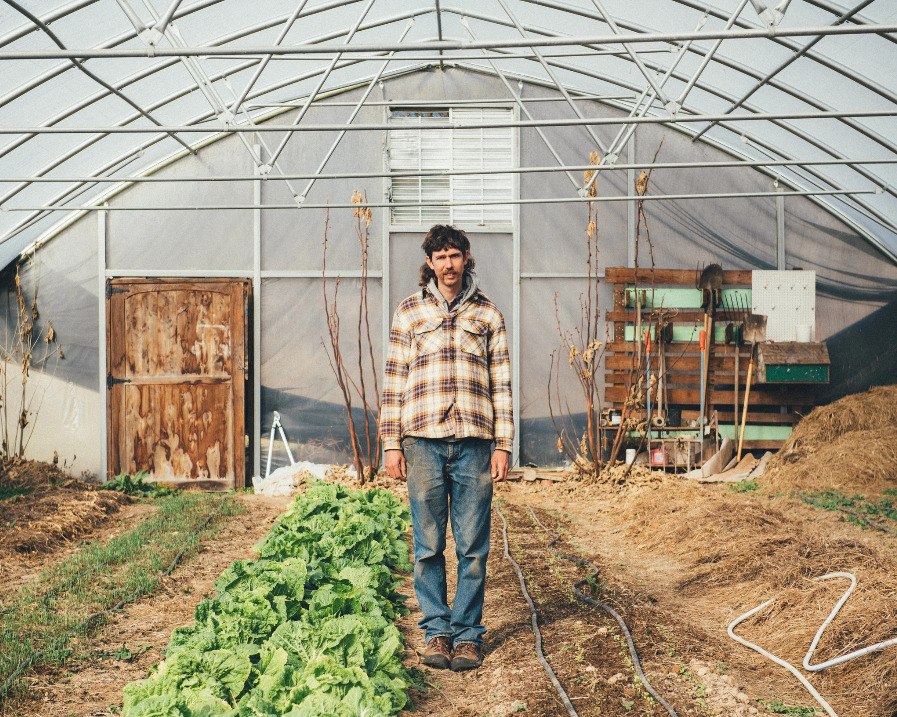
The number of intentional communities nearly doubled between 2010 and 2016 to roughly 1,200. Although the number of people living in these communities is hard to know, there are currently around 100,000 individuals residing in them. The director of the Foundation for Intentional Community claims “There’s an obvious growth trend that you can chart; millennials get this intentional community thing more than people in the past.”
Places like Strawberry Fields in Southern California, The Farm in central Tennessee and Drop City in rural Colorado encapsulated the radical freedom, social experimentation and consciousness expansion that came to define the 1960s and 1970s. Many of these communes, lacking any codified organizational structure and struggling to cultivate steady income, eventually faltered, but they had already achieved a kind of dubious cultural immortality, ultimately becoming the nation’s measure for the alternative living arrangements and utopian enterprises that followed.
Cedar Moon is tucked inside a state park on seven acres of farmland near the outskirts of Portland, Oregon.
In addition to the two original houses and a ramshackle barn, the property now consists of a sauna, yurt, outdoor kitchen, performance stage, composting-toilet outhouse and elaborate, brightly-painted gazebo that the 20 residents, who built everything themselves, call the T-Whale. Several of the structures are made of cob, a composite of clay, sand and straw that was popularized in England in the late Middle Ages and is extremely energy-efficient because of its high thermal mass. While almost everyone earns income outside of the community and everyone keeps their finances separate, they share groceries, appliances (there’s one washer and dryer) and operate based on consensus. “It’s such an anticapitalist thing, just to share,” said Brenna Bell, an environmental lawyer who lives there. “Our economy relies on growth. It relies on people consuming. And we are going very intentionally in the opposite direction.”
Members must contribute 10 hours of labor each week, which might include tending the apple orchard, milking the herd of goats or cooking for the community. Cedar Moon isn’t off the power grid, but its residents have a dramatically smaller carbon footprint than the average American because they share resources, grow much of their own produce, use composting toilets and heat their homes with wood-burning stoves. Vinnie Inzano, a 30-year-old graduate student in marriage and family therapy, moved to Cedar Moon a year and a half ago because he didn’t want to be “plugged into systems that are causing collapse,” he said; he feels the community offers a better way of coexisting with the environment, “combating the story of extraction.”
Earthaven, which consists of 329 densely forested acres within North Carolina’s Blue Ridge Mountains, and was founded in 1994 by 18 people in their 30s and 40s, takes sustainability even more seriously. The community of roughly 100 people is entirely off the grid. Several solar panels, a micro-hydropower system and smaller photovoltaic installations scattered throughout the property’s hills provide all the necessary energy for residents, who are divided into 11 smaller neighborhoods, each with anywhere from one to 14 homes made of earthen plaster, straw bale and lumber felled on the land. Rachel Fee’s 800-square-foot straw-bale home sits on a gently sloping hill that she shares with 20 people living in nine structures huddled closely together. The residents get their water from the same spring and bathe in the same bathhouse. “This is not an idealistic situation,” she said. “It’s not running away from the world and sticking our head in the sand — it’s reinventing the wheel.”
You can read the original article at www.nytimes.com

how come they all look so sad?
It is the photographer’s choice when to click the camera. Most of the people in the group photo are smiling.
intentional communities are helping to ease the transition to a new model of living on mother earth.